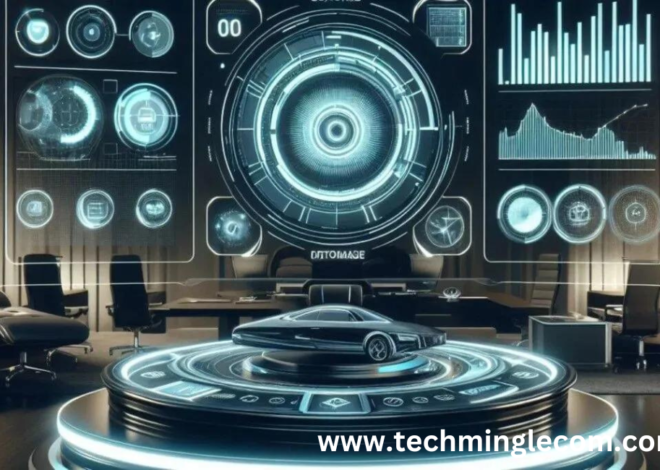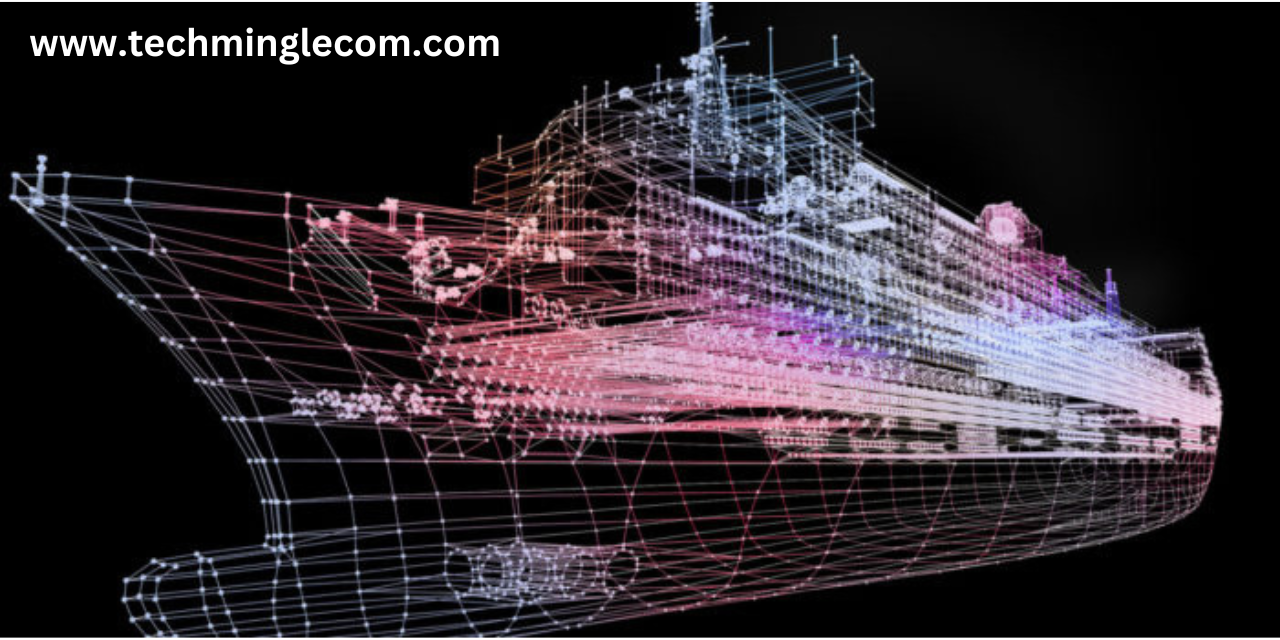
Maritime Technologies:100%A Deep Dive into Maritime Technologies Complex”
Introduction to Maritime Technologies
Maritime technologies a fascinating and ever-evolving field, plays a crucial role in our global economy. From the early days of wooden ships navigating the open seas to the advanced autonomous vessels of today, maritime technologies have continually shaped the way we explore and utilize the world’s oceans. This article delves into the complex and diverse world of maritime technologies, highlighting their historical evolution, types, innovative advancements, impacts, challenges, and future prospects.
History of Maritime Technology
Early Innovations
Maritime technology dates back thousands of years, with ancient civilizations like the Egyptians, Phoenicians, and Greeks pioneering early shipbuilding and navigation techniques. The use of simple tools such as the astrolabe and magnetic compass revolutionized sea travel, enabling explorers to venture further and more safely than ever before.
Evolution Through the Ages
As time progressed, so did the sophistication of maritime technologies. The Age of Exploration in the 15th and 16th centuries saw significant advancements in ship design and navigation, driven by the need for long-distance voyages. The introduction of steam power in the 19th century marked a significant leap, leading to faster and more reliable sea transport. The 20th century brought about further innovations with the advent of diesel engines, electronic navigation systems, and modern communication technologies.
Types of Maritime Technologies
Navigation Technologies
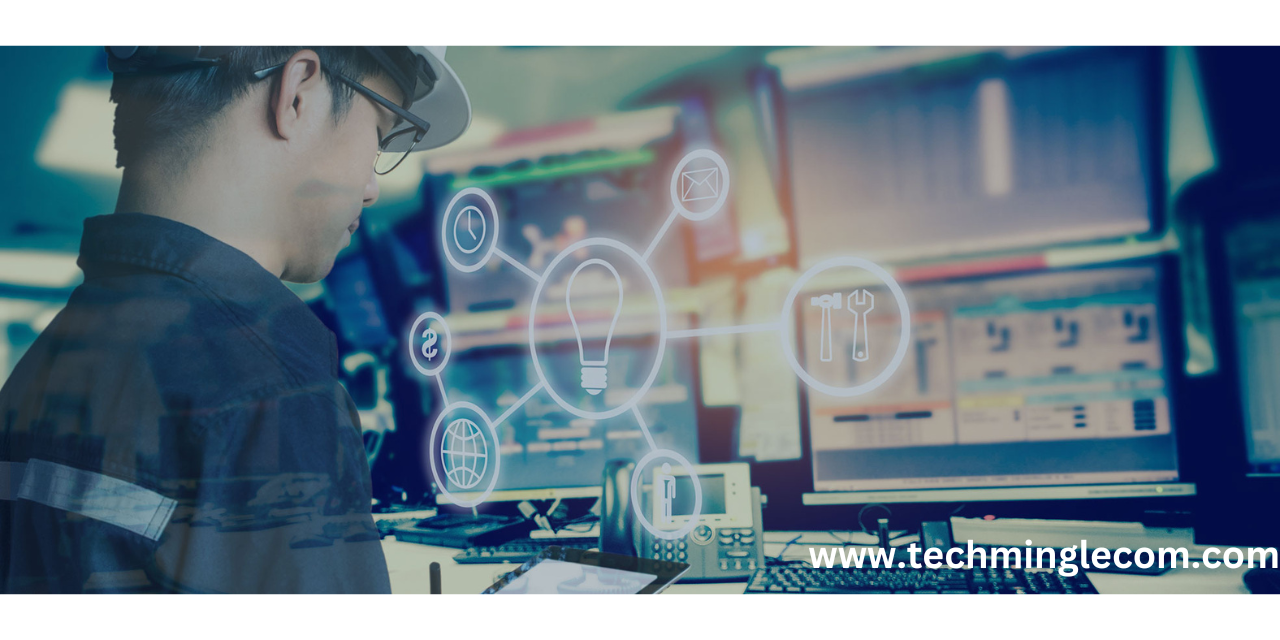
Traditional Navigation Tools
Early navigators relied on the stars, wind patterns, and rudimentary tools like the astrolabe and sextant. These instruments, though primitive by today’s standards, were revolutionary in their time, providing a means to determine latitude and plot courses across open water.
Modern GPS and Electronic Chart Display
Today’s maritime navigation has been transformed by GPS technology and electronic chart display systems (ECDIS). These tools offer precise positioning, real-time updates, and enhanced safety features, making sea travel more efficient and secure.
Communication Systems
Early Communication Methods
Historically, maritime communication was limited to visual signals, flags, and basic radio. These methods, while effective to some extent, had significant limitations in range and clarity.
Satellite and Internet Communication
Modern maritime communication systems leverage satellite technology and the internet, allowing for seamless, global connectivity. These advancements facilitate real-time communication, data exchange, and improved safety protocols.
Shipbuilding Technologies
Wooden Ships
Early shipbuilding was dominated by wooden constructions, with intricate designs and craftsmanship. These ships, while robust for their time, had limitations in size and durability.
Steel and Composite Materials
The introduction of steel and composite materials revolutionized shipbuilding, allowing for larger, stronger, and more efficient vessels. These materials offer enhanced structural integrity and longevity, supporting the demands of modern maritime operations.
Propulsion Systems
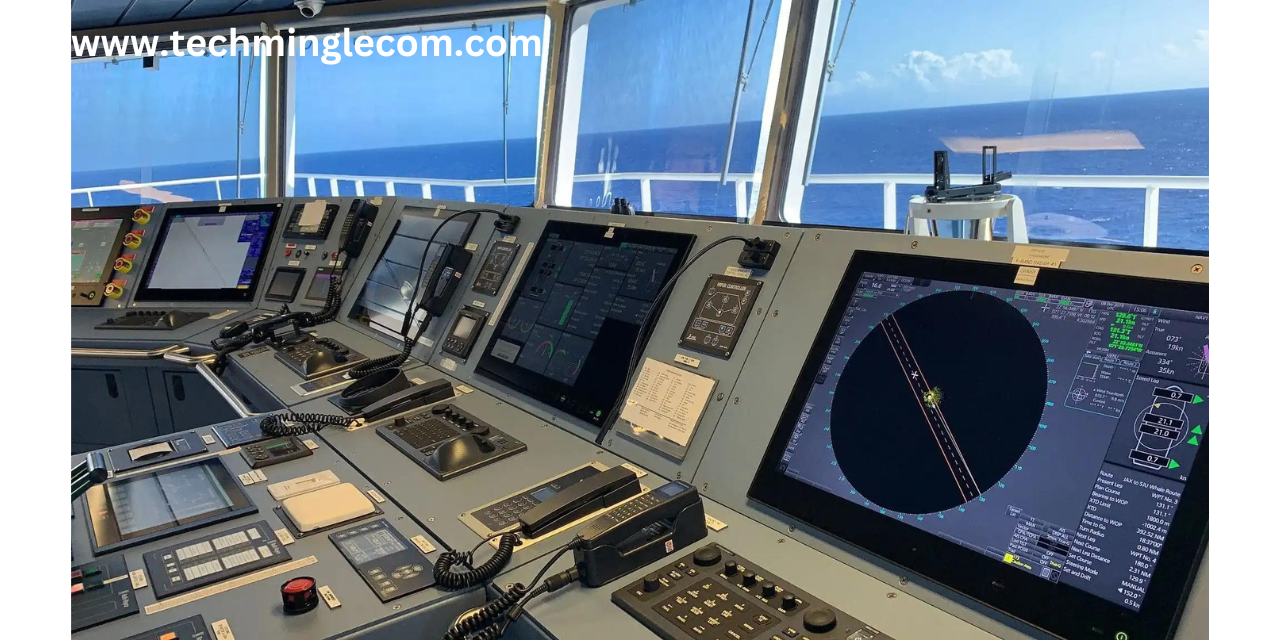
Sails and Wind Power
The earliest ships relied on wind power, utilizing sails to harness the wind’s energy. This method, while sustainable, was dependent on weather conditions and limited in speed and maneuverability.
Steam Engines
The advent of steam engines in the 19th century marked a significant breakthrough, providing consistent and powerful propulsion. Steam engines enabled larger ships and opened new possibilities for long-distance travel and trade.
Diesel and Nuclear Propulsion
Modern ships predominantly use diesel engines, known for their efficiency and power. In addition, nuclear propulsion is employed in specific vessels like submarines and aircraft carriers, offering unparalleled endurance and performance.
Innovative Maritime Technologies
Autonomous Ships
Autonomous ships represent a groundbreaking advancement in maritime technology. These vessels utilize AI and advanced sensors to navigate and operate without human intervention, promising increased efficiency, safety, and reduced operational costs.
Green Technologies
The maritime industry is increasingly adopting green technologies to mitigate environmental impact. Innovations such as hybrid propulsion systems, wind-assisted propulsion, and eco-friendly hull coatings aim to reduce emissions and enhance sustainability.
Smart Shipping Solutions
Smart shipping leverages IoT, big data, and AI to optimize various aspects of maritime operations. From route optimization and predictive maintenance to cargo tracking and fleet management, these solutions enhance efficiency, safety, and profitability.
Impact of Maritime Technologies on Employment
Maritime technologies have significantly impacted the workforce in the maritime industry. Advanced technologies have created new job opportunities while also transforming existing roles. Here’s how:
Creation of New Roles
The introduction of sophisticated systems and technologies has led to the emergence of new job roles that require specialized skills. Positions in maritime cybersecurity, data analysis, and autonomous vessel management are just a few examples of careers that have developed alongside technological advancements.
Transformation of Existing Roles
Many traditional maritime roles have evolved due to technology. For instance, the role of a ship’s navigator has expanded to include managing advanced navigation systems and ECDIS. Similarly, marine engineers now need to be proficient in maintaining and troubleshooting modern propulsion systems and automated machinery.
Training and Skill Development
As the maritime industry becomes more technologically advanced, there is a growing need for continuous training and skill development. Maritime professionals must stay updated with the latest technologies and best practices to remain competitive and efficient in their roles. Training programs and certifications focused on new technologies are essential in this regard.
Social Impact of Maritime Technologies
Maritime technologies also have far-reaching social implications. They play a crucial role in enhancing the quality of life for people around the world in various ways.
Improved Safety and Security
Advancements in maritime technology have greatly improved the safety and security of maritime operations. Modern navigation and communication systems help in avoiding collisions and managing maritime traffic efficiently. Enhanced safety protocols and emergency response systems ensure the well-being of seafarers and passengers.
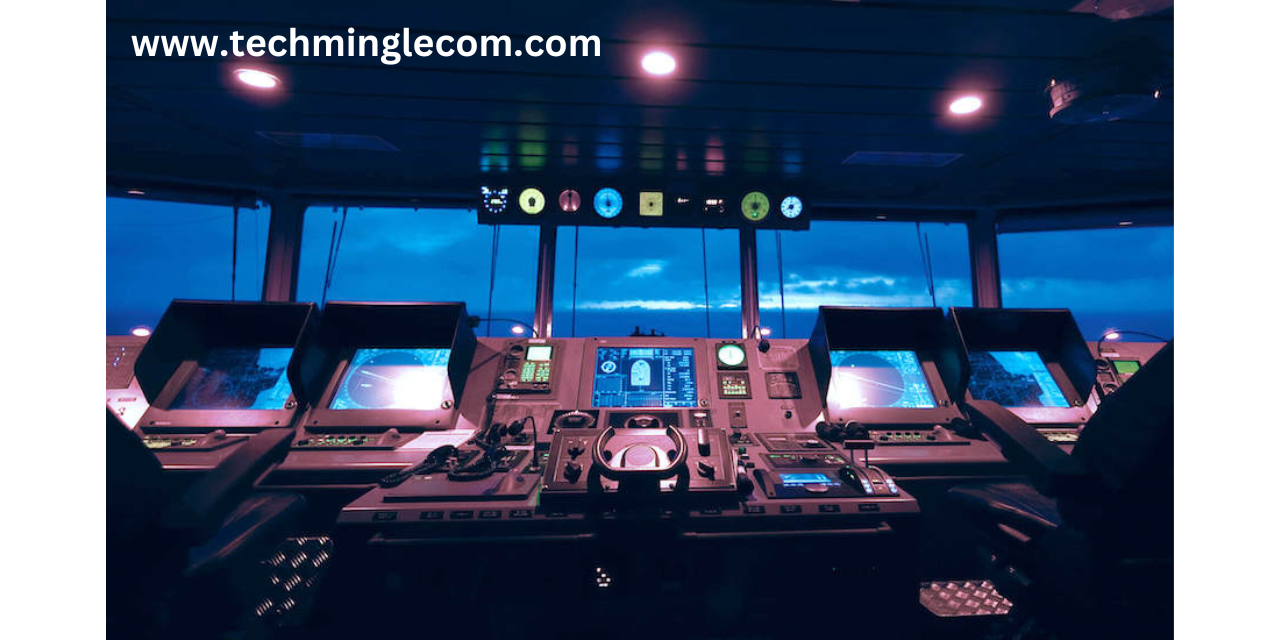
Accessibility and Connectivity
Technologies such as satellite communication and internet connectivity have bridged the gap between seafarers and their families, allowing for better communication and reducing the isolation often associated with long sea voyages. This has improved the overall mental health and well-being of maritime professionals.
Technological Advancements in Maritime Education
Maritime education has also benefited from technological advancements, making learning more accessible and effective.
Simulation and Virtual Reality
Maritime training centers use advanced simulation and virtual reality (VR) technologies to provide realistic training scenarios. These tools help trainees practice and hone their skills in a safe and controlled environment, preparing them for real-life challenges at sea.
E-Learning Platforms
Online learning platforms offer flexible and accessible education options for maritime professionals. These platforms provide courses on the latest technologies, safety protocols, and regulatory requirements, enabling continuous learning and professional development.
Collaboration and Innovation in Maritime Technologies
Collaboration and innovation are key drivers of progress in maritime technologies. Various stakeholders, including governments, private companies, and research institutions, work together to develop and implement cutting-edge solutions.
Government and Industry Partnerships
Governments and industry players often collaborate to create regulatory frameworks that support technological innovation while ensuring safety and environmental standards. Public-private partnerships help in funding research and development projects, leading to the creation of new technologies and solutions.
Research and Development
Research institutions and universities play a critical role in advancing maritime technologies. Their efforts in studying new materials, propulsion systems, and automation technologies contribute to the continuous improvement of the maritime industry.
Case Studies of Maritime Technological Innovations
The Yara Birkeland
The Yara Birkeland is an excellent example of an autonomous ship that represents the future of maritime transport. This fully electric, zero-emission vessel uses advanced sensors, AI, and automated systems to navigate and operate without a crew, showcasing the potential of autonomous maritime technology.
Wind-Assisted Propulsion Systems
Several modern ships are equipped with wind-assisted propulsion systems, such as the Flettner rotor. These systems use wind power to supplement traditional propulsion methods, reducing fuel consumption and emissions. Ships like the MV Afros have successfully implemented this technology, demonstrating its effectiveness and sustainability.
Challenges in Maritime Technology
While the advancements in maritime technology are impressive and hold immense potential for transforming the industry, they are not without challenges. These challenges span across technological, economic, regulatory, and environmental domains. Understanding these obstacles is crucial for addressing them effectively and fostering the continued evolution of maritime technologies.
Technological Barriers
Complexity of Integration
Integrating new technologies with existing systems can be highly complex. Ships and maritime infrastructure often have legacy systems that are not easily compatible with modern technologies. Ensuring seamless integration requires extensive testing, customization, and sometimes, complete overhauls of existing systems.
Cybersecurity Threats
As maritime operations become increasingly digital, the risk of cybersecurity threats grows. Ships and ports that rely on digital systems for navigation, communication, and cargo management are vulnerable to cyberattacks. These attacks can disrupt operations, cause financial losses, and even pose safety risks. Developing robust cybersecurity measures is critical to protect maritime assets and operations.
Technical Skills Gap
The rapid pace of technological advancement in the maritime industry has created a skills gap. There is a growing need for maritime professionals who are proficient in new technologies such as AI, robotics, and cybersecurity. Training and education programs must evolve to equip the workforce with the necessary skills to operate and maintain advanced maritime systems.
Economic Challenges
High Costs of Implementation
Adopting new maritime technologies often requires significant financial investment. The costs associated with research and development, purchasing new equipment, and training personnel can be prohibitive, especially for smaller shipping companies and ports. Securing funding and demonstrating the return on investment are major economic challenges.
Market Volatility
The maritime industry is subject to market volatility, influenced by factors such as global trade dynamics, fuel prices, and economic conditions. These fluctuations can impact the ability of companies to invest in new technologies. Ensuring financial stability and resilience is crucial for sustained technological advancement.
Regulatory Challenges
Complex Regulatory Environment
The maritime industry operates under a complex web of international, national, and local regulations. Navigating these regulations can be challenging, particularly when introducing new technologies that may not yet be fully covered by existing laws. Ensuring compliance while promoting innovation requires collaboration between industry stakeholders and regulatory bodies.
Standardization and Interoperability
Standardization and interoperability are essential for the widespread adoption of new technologies. However, achieving consensus on standards can be difficult due to the diverse range of stakeholders involved. Without standardized protocols, the benefits of new technologies may be limited, and integration may be more challenging.
Environmental Challenges
Sustainability Goals
The maritime industry is under increasing pressure to reduce its environmental impact and meet sustainability goals. This includes reducing greenhouse gas emissions, minimizing pollution, and protecting marine ecosystems. Developing and adopting green technologies is essential, but it also poses significant technical and economic challenges.
Climate Change Adaptation
Climate change poses a significant threat to maritime operations. Rising sea levels, increased frequency of extreme weather events, and changes in oceanic conditions can disrupt maritime activities and damage infrastructure. Adapting to these changes requires resilient design and proactive measures to mitigate risks.
Operational Challenges
Safety and Reliability
Ensuring the safety and reliability of new maritime technologies is paramount. Autonomous ships, for example, must be rigorously tested to guarantee they can operate safely without human intervention. The reliability of new systems must be proven before they can be widely adopted.
Maintenance and Repair
Advanced technologies often require specialized maintenance and repair. Ensuring that there are sufficient resources and expertise to maintain new systems is crucial for their long-term success. Developing robust maintenance protocols and training personnel in these new technologies are essential steps.
Future of Maritime Technologies
The future of maritime technologies is both exciting and transformative, promising to revolutionize the way we navigate, operate, and manage maritime activities. With advancements in automation, digitalization, and sustainability, the maritime industry is poised for significant changes that will enhance efficiency, safety, and environmental stewardship.
Predictions and Trends
Several key trends and predictions are shaping the future of maritime technologies. Understanding these can provide insight into the direction of the industry.
Increased Automation
Automation is set to play a pivotal role in the future of maritime technologies. Autonomous ships, capable of operating without human intervention, are expected to become more common. These vessels use advanced sensors, AI, and machine learning algorithms to navigate, avoid obstacles, and perform complex tasks. This shift towards automation promises to enhance operational efficiency, reduce human error, and lower operational costs.
Digitalization and Connectivity
The maritime industry is undergoing a digital transformation, leveraging technologies such as the Internet of Things (IoT), big data, and cloud computing. Smart ships equipped with sensors and connectivity tools can collect and transmit data in real-time, enabling better decision-making and predictive maintenance. Digital platforms also facilitate improved communication and coordination among various stakeholders in the maritime supply chain.
Sustainability and Green Technologies
Sustainability is a major focus for the maritime industry as it seeks to reduce its environmental impact. The adoption of green technologies, such as hybrid propulsion systems, wind-assisted propulsion, and eco-friendly materials, is expected to grow. Regulations aimed at reducing greenhouse gas emissions and protecting marine ecosystems will drive innovation in this area, leading to cleaner and more efficient maritime operations.
Role of AI and Robotics
Artificial intelligence (AI) and robotics are set to revolutionize maritime technologies, offering new capabilities and efficiencies.
Autonomous Navigation and Vessel Management
AI-powered systems can enhance autonomous navigation by analyzing vast amounts of data from various sensors, weather forecasts, and maritime traffic. These systems can make real-time decisions to optimize routes, avoid collisions, and improve fuel efficiency. Robotics also play a crucial role in vessel management, performing tasks such as hull cleaning, inspection, and maintenance, reducing the need for human intervention and increasing operational efficiency.
Underwater Exploration and Maintenance
Robotics are transforming underwater exploration and maintenance. Remotely operated vehicles (ROVs) and autonomous underwater vehicles (AUVs) are capable of performing detailed inspections, repairs, and data collection in challenging underwater environments. These technologies are essential for maintaining offshore structures, underwater pipelines, and conducting scientific research.
Smart Ports and Infrastructure
The future of maritime technologies extends beyond vessels to include smart ports and infrastructure. Smart ports use digital technologies to streamline operations, improve security, and enhance efficiency. Automation, IoT, and AI enable better management of cargo, reducing turnaround times and improving overall productivity. Smart ports also integrate renewable energy sources and green technologies to minimize their environmental footprint.
Collaborative Innovations
The advancement of maritime technologies will require collaboration among various stakeholders, including governments, private companies, research institutions, and international organizations. Public-private partnerships can drive funding for research and development, while regulatory frameworks can support the adoption of new technologies. Collaborative efforts can also address global challenges such as climate change, maritime security, and sustainable development.
Conclusion
Maritime technologies have come a long way from the early days of wooden ships and rudimentary navigation tools. Today, they encompass a wide range of sophisticated systems and innovations that drive the global economy and ensure the safety and efficiency of maritime operations. As we look to the future, continuous innovation and the adoption of advanced technologies will be crucial in addressing the challenges and opportunities that lie ahead in the maritime industry.
FAQs
- What are the most significant recent innovations in maritime technology?
Recent innovations include autonomous ships, green technologies, and smart shipping solutions that leverage AI and IoT. - How do maritime technologies impact global trade?
Maritime technologies facilitate efficient and reliable transport of goods, supporting global trade and economic growth. - What are green technologies in the maritime industry?
Green technologies include hybrid propulsion systems, wind-assisted propulsion, and eco-friendly hull coatings that aim to reduce emissions and enhance sustainability. - How does AI contribute to maritime technologies?
AI enhances maritime technologies through autonomous navigation, predictive maintenance, route optimization, and data analytics. - What challenges do maritime technologies face today?
Challenges include technological barriers, substantial investment requirements, and navigating complex regulatory frameworks.

